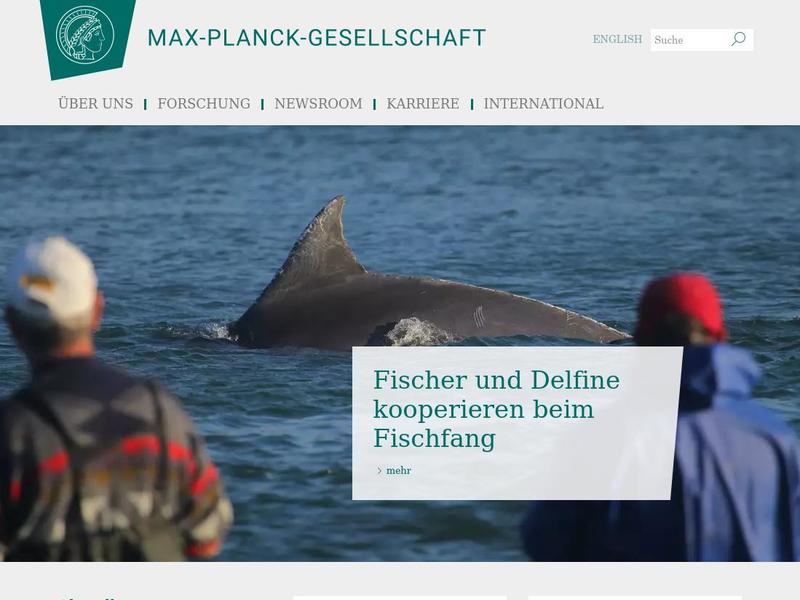Forschungshighlights 2018 https://www.mpg.de/12602538/forschungshighlights-2018
Max-Planck-Wissenschaftlerinnen und Wissenschaftler haben 2018 viele hochkarätige Veröffentlichungen publiziert. Wir haben eine Auswahl getroffen und stellen Ihnen 15 unserer Highlights vor. Ein Rückblick
PDS 70b besitzt mehrere Jupitermassen, ist von Wolken umgeben und knapp 1000 Grad Celsius

